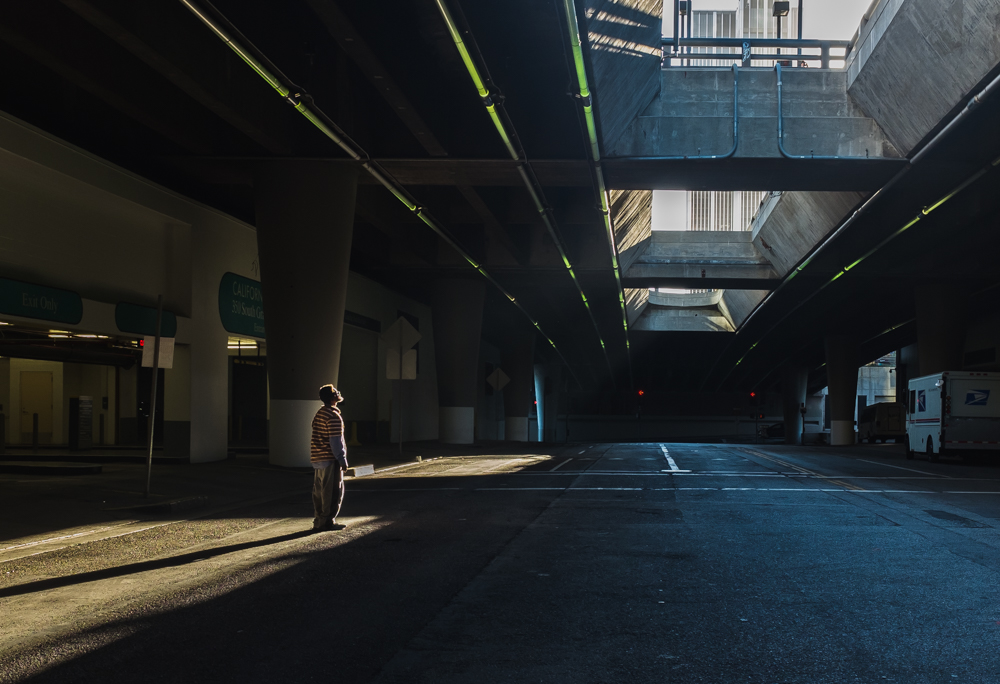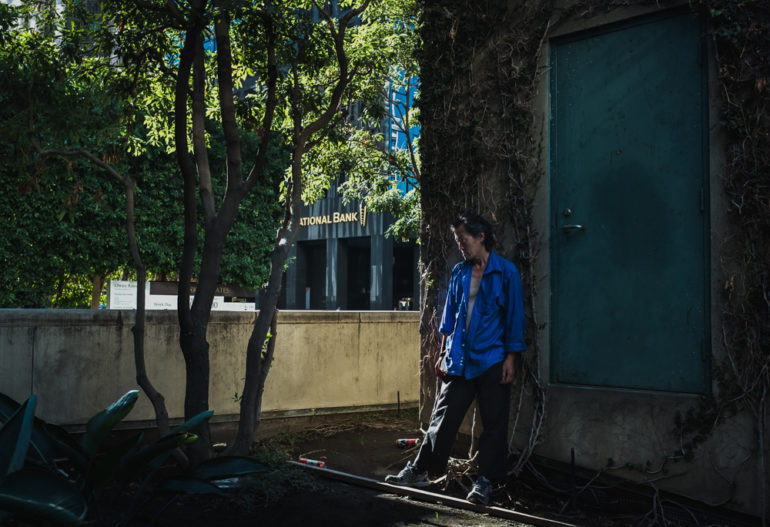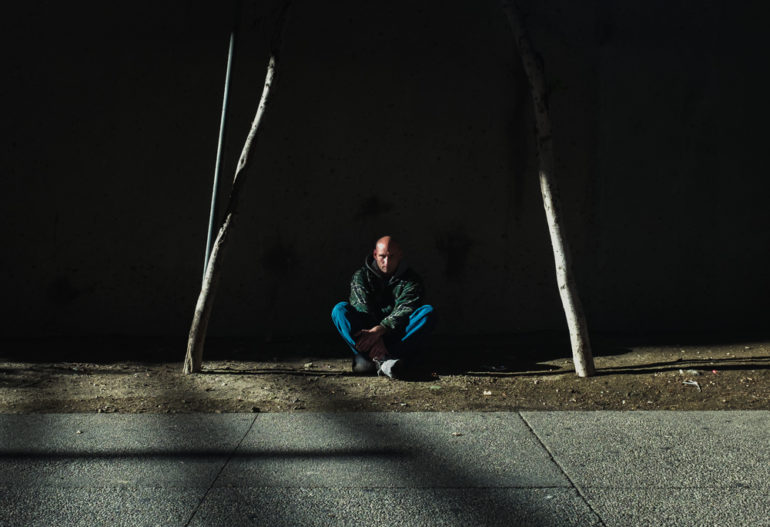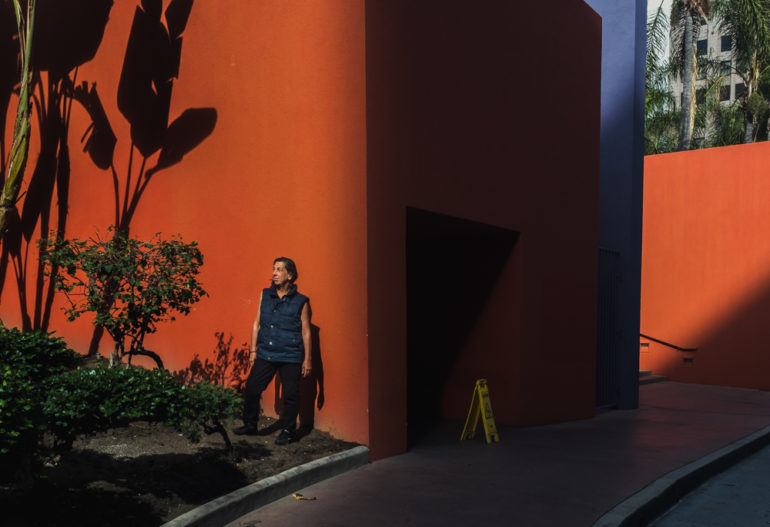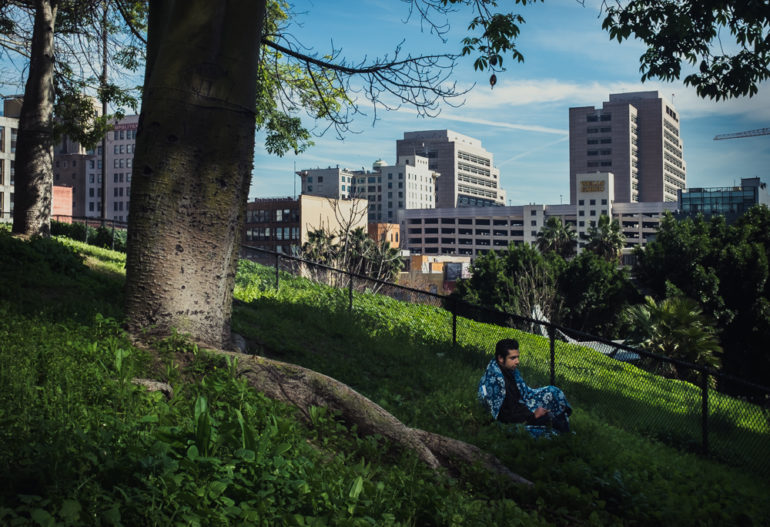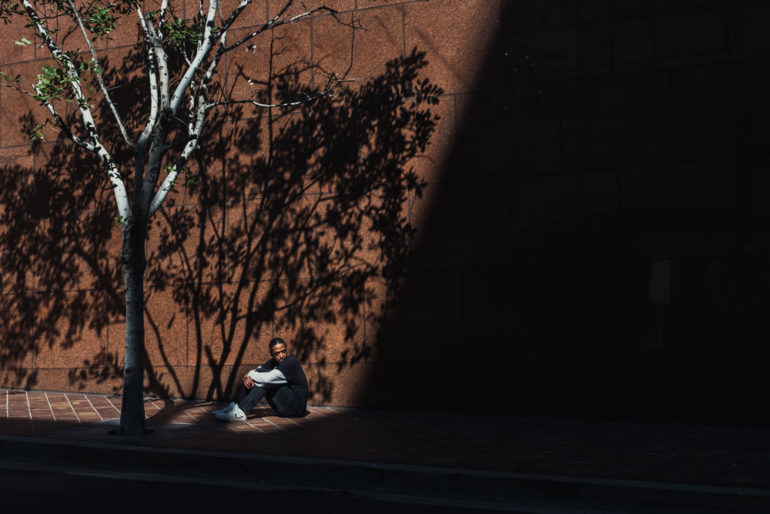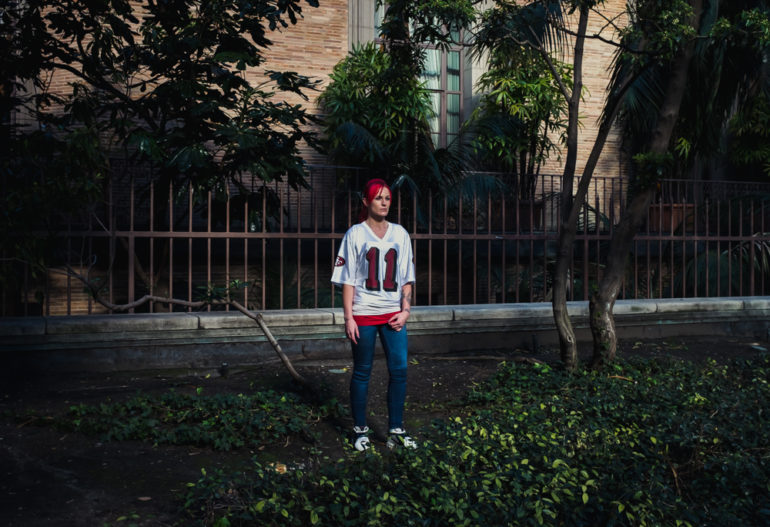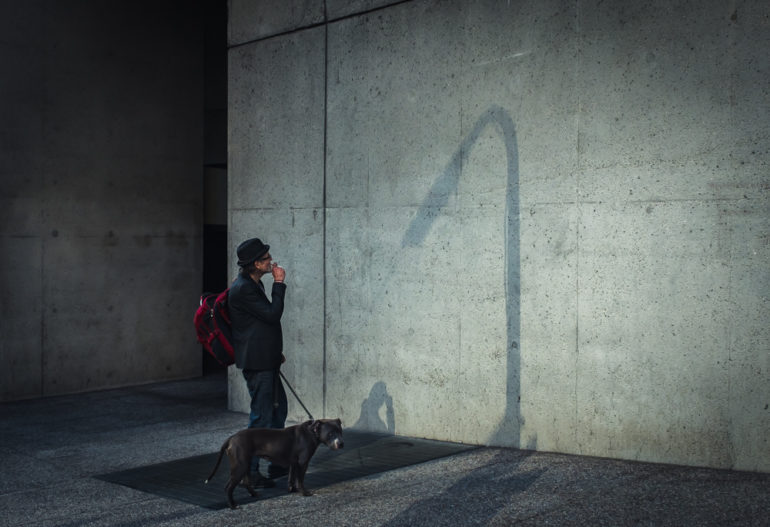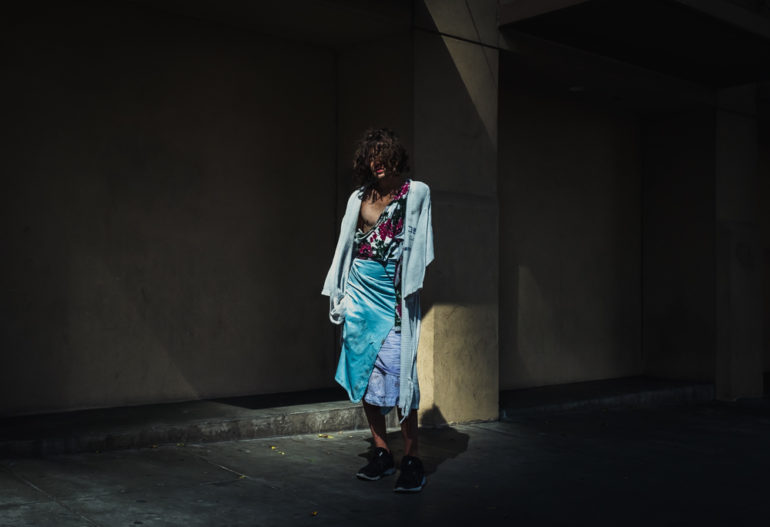Last Updated on 03/20/2017 by Chris Gampat
All images by Jett Inong. Used with permission. Editor’s Note: In a previous version of this article, we misspelled Jett’s last name. We apologize for this mistake.
“Photography to me is a very complex form that consists of vast amount of visual language,” explains Jett Inong. “It is more eloquent than verbal language itself. When we look into a manual to build or fix something, we are most likely reliant to the photographs rather than the typed words for instructions.” In fact, Jett has a great point. No one likes to read a manual; and so it indeed is a type of language–one that’s easily conveyed in his series, ANXIETY.
Jett explains how that’s why he got into photography in the first place–the infinite capability to articulate one’s most visceral thoughts with just a click of a button, as he describes it.
Jett cut his teeth in photography back in 2013 and started out in LA. What more of a perfect background to start out in (except NYC of course) than LA due to its large diversity of people. He did this for around three years or so but then felt like street photography just wasn’t cutting it for him. To Jett, he felt that it didn’t convey his inner thoughts.
“Staged photography–as opposed to the documentary style of photography–was more ideal for me,” explains Jett. What he’s talking about is an idea that I explain often on this website: the idea of capturing vs creating. When you capture a scene, you as the photographer often have very little involvement in what’s going on. Hence you’re often referred to as a fly on the wall. But when you create a scene, you have an active part in creating something that wouldn’t have otherwise happened. To that end, Jett draws influence from Philip Lorca Dicorcia and Gregory Crewdson.
This need for Jett to be creative rather than documentary in nature was recently fueled by anxiety. “About late last summer, the severity of my anxiety disorder peaked at its highest. It was very debilitating,” Jett explains. “It consumed my thoughts and prevented me from doing some of the things I love– including photography. Rather than give way to the symptoms, I decided to fight through.” So Jett set about trying to make the anxiety work for him rather than against it. Indeed, this is how so many conceptual photographers do their work.
In fact, he dubs his first major body of work as ANXIETY. “According to statistics, 40 million adults in the United States alone suffer from it making it the most common mental illness,” says Jett. “Although beating anxiety itself is very difficult, the series is evidence that one doesn’t need to relent, but instead use it as an inspiration to do greater things.”
When you look at the work, you can tell a whole lot about Jett’s thought process. He’s very particular about the way he uses lighting and the colors that a person is wearing. The subject in his photographs is often alone in a vast environment, and the geometry in the scene is almost sucking you into a particular place in the photo. But at the same time, your eyes are probably drawn to another part in the scene–therefore creating an almost chaotic sense of balance.
Here’s Jett’s Artist statement about the project:
When I was about seven years old, I remember going to bed utterly terrified and anxious of the dark to the point I would start crying. I’d beg my grandmother to sleep next to me just so I could hold her hand to cast my fears away. Because of this I had an irrational apprehension of nightfall. This was my earliest memory of my ongoing battle with anxiety.
In my entire existence I have come to believe that every human on earth experienced anxiety as pervasive as mine: a basic, raw human function similar to our capability to experience the emotions of love or anger by default. Several months after my 30th birthday, I finally confided to the first person about my anxiety– my wife. This was a decision I made after I finally imploded mentally due to the terrorizing heap of thoughts conjured in my mind. To my disbelief, she then later told me she does not know what anxiety really feels like. I also had a friend whom I had mentioned about my anxiety that had said the same thing to me. As naive as this sounds, this is the reason why it took me a very long time to disclose my severe anxiety disorder. I thought feeling anxious was a normal standard sensation everyone experienced on a daily basis. I was completely wrong.
All the sitters I photographed are homeless. I paid them $5 each to coax them to participate in this series, and in return they helped me personify my anxiety. To personify it so I can further shed light and understand this debilitating illness.
The process was simple but at times extremely frustrating. I combed through the streets of Downtown Los Angeles in search of an ideal location. Once a spot is chosen, I kept a record of the exact time the sunlight hits a certain specific spot where my sitter will be eventually placed. However, the sun’s movement is rapid. Therefore, I have to return the following day at an earlier time and hopefully find the ideal sitter before the sunlight passes over or else I’d have to wait until the following day– and that’s if the sun decides to show up. There were several times I was stuck in a pre-determined location for several days because I was unable to find a sitter. Furthermore, I couldn’t bare the recent surge of storms that hit California for weeks. This gave the sun enough time to substantially shift its trajectory rendering my long-awaited location useless.
Anxiety taunted me during the construction of this series. My creative process intertwined with melancholy and fear. It was a battlefield in my mind. But no matter what, I fought through and see to it I finished what I started.
I structured my photographs with striking shadows to symbolize my fear of darkness. It is still to this day a triggering factor of my crippling anxious thoughts. My dependency to sunlight to accomplish every single photograph signified hope, something I’ve always hung on to in order to keep my sanity. The homeless sitters, who are amongst the forgotten in society, embody who I am— a mirror image of my current fragile mental state.
I never thought of my photography as a viable means to alleviate my mental illness. However, anxiety is what motivated me to accomplish this series. Without it, I don’t think I wouldn’t have created something as profound in this early stage of my artistic career. It’s usually the other way around; it’s supposed to disable me and severely burden my thoughts. But instead, my anxiety inspired me.
“And no Grand Inquisitor has in readiness such terrible tortures as has anxiety, and no spy knows how to attack more artfully the man he suspects, choosing the instant when he is weakest, nor knows how to lay traps where he will be caught and ensnared, as anxiety knows how, and no sharpwitted judge knows how to interrogate, to examine the accused as anxiety does, which never lets him escape, neither by diversion nor by noise, neither at work nor at play, neither by day nor by night.”
—SØREN KIERKEGAARD, The Concept of Anxiety (1844)
You can check out more of Jett’s work over at his website.


